Lebanese Food: Basic Overview
Common Ingredients
Common Cooking Methods
Courses
Meals
Key Taste
Eating Etiquette
Meal Presentation
Culinary Festivals
Influence and Fusion
Popular Types of Lebanese Food
-
Cakes and Pastries
These delicacies are a blend of Middle Eastern and Mediterranean influences.
Common components are nuts like pistachios and walnuts, fruits such as dates and figs, and flavorings like rose water and orange blossom water.
-
Casseroles and Bakes
These dishes combine vegetables, meats, and grains, baked together with aromatic Mediterranean herbs and spices.
They serve as wholesome family meals.
-
Grilled and Barbecued Dishes
Meats, poultry, and fish are commonly marinated in a mix of herbs, spices, and olive oil before being grilled over open flames.
-
Bread and Doughs
Lebanese breads and doughs can be flatbreads used for scooping up food to doughs stuffed or topped with ingredients like meats, cheeses, and herbs.
-
Condiments and Sauces
Common ingredients are garlic, olive oil, lemon juice, and yogurt, along with herbs and spices like mint, parsley, and sumac.
-
Desserts
Lebanese desserts are diverse and often quite sweet, featuring ingredients like milk, phyllo pastry, nuts, and rose water or orange blossom water.
-
Vegetarian Dishes
These delights use fresh vegetables, legumes, grains, and herbs, making them not only nutritious but also full of flavor.
Many of them are served as side dishes.
Lebanese dishes embody the country’s traditions and practices. Many of them emphasize using whole grains, fruits, vegetables, fresh fish, and seafood.
In terms of proteins, red meat is the preferred option, with many delicacies often featuring flavor enhancers like garlic and olive oil. As for vegetables, chickpeas and parsley are a common sight in many Lebanese specialties.
Over the last 500 years, Lebanese cuisine has been influenced by various foreign civilizations, including the Ottoman Turks and the French. It is also influenced by Mediterranean and Arab cuisines.
These Lebanese dishes are just your start to looking at fascinating information regarding the origin, ingredients, or accompaniments to enjoy the specialty fully. Plus, some of these delicacies are especially crucial to the country regarding cultural aspects.
You’ll also find out the traditional specialties in this country, alongside its popularity and healthy factors.
With all the Lebanese dishes and other fun facts about the cuisine, I suggest staying to uncover more about some drinks to go with them.
35 Popular Lebanese Dishes with Filters
Now, you’re invited to explore 35 dishes of Lebanon, the cuisine gem in the Mediterranean. For those eager to navigate these delights, filters for ingredients, taste, cooking methods, dish categories, etc., are available to help you discover them.
Kibbeh and tabbouleh are often cited as the country’s national dishes, which are also famous in other countries.
They are flavorsome and convenient options. Manakish, a type of flatbread, and shawarma wraps are just a few examples of delicious snacks found at markets and roadside stalls.
Hummus
- Street Food
- Traditional
Hummus is a widely-loved dish in Lebanon and across the Middle East. Crafted from mashed chickpeas combined with tahini, lemon juice, and garlic, people serve hummus as a dip or spread that pairs perfectly with bread, salads, and various accompaniments.
A staple in Lebanese cuisine, hummus typically features chickpeas, sometimes mixed with fava beans, and is seasoned with spices like cumin and coriander. It’s a prevalent street food in Lebanon and across the Middle East.
Notably, Lebanon holds the Guinness World Record for the largest hummus dish, weighing an impressive 10,450 kilograms, prepared by 300 cooks in al-Fanar village in May 2010.
Falafel
- Street Food
- Traditional
Falafel is a deep-fried ball street food item popular in Lebanon. These patty-shaped fritters originate from the Arab world, crafted from chickpeas, broad beans, or a mix of both.
Across the Middle East countries (including Lebanon), it’s commonly nestled in pita or flatbread, complemented by salads, pickled veggies, hot sauce, and tahini (sesame sauce) drizzles.
While often relished within sandwiches, falafel is also a snack or an essential part of meze trays (a set of small appetizers).
In Lebanon, the blend typically combines chickpeas and fava beans, seasoned with spices like cumin and coriander, before being molded and fried to perfection.
Shawarma
- Street Food
- Traditional
Shawarma is a widely enjoyed dish in Lebanon and other parts of the Middle East, originating from the Ottoman Empire. This culinary delight consists of meat sliced thinly, stacked in an inverted cone, and roasted on a slowly turning vertical rotisserie or spit.
Various types of meat, including lamb, beef, chicken, or turkey, are seasoned with an array of spices such as cumin, cardamom, cinnamon, turmeric, paprika, and baharat.
Typically wrapped in flatbread, shawarma is adorned with diverse sauces and toppings, with tahini being a favorite option in Lebanon.
Ideally, the Lebanese version often features meats marinated in yogurt or vinegar-based sauces and served with fresh vegetables like lettuce, tomatoes, cucumbers, onions, parsley, mint, and pickles.
Tabbouleh
- National
- Street Food
- Traditional
Tabbouleh (or tabbouli, taboulah) is a national dish in Lebanese cuisine. Moreover, they are made from many herbs, including parsley, tomatoes, onions, uncooked bulgur, lemon juice, etc.
Derived from the Arabic word “taabil,” which denotes the process of adding seasonings or spices, the name “tabbouleh” has a rich history. Also, this salad typically appears as a part of mezze.
In the Lebanese version, locals opt for more parsley than uncooked bulgur in the tabbouleh mixture. Plus, the salad is very well-known across the Middle East regions.
Kibbeh
- National
- Traditional
Kibbeh is a fried meatball dish. This is a national dish of Lebanon that originated in the Ottoman Empire and across West Asia. This delicacy combines spiced ground meat, onions, and grain.
In its Lebanese rendition, bulgur wheat is pounded with meat to create a fine paste, then shaped into balls infused with toasted pine nuts and spices. The kibbeh is layered, baked, deep-fried, grilled, or even raw.
With many variations, Lebanese kibbeh is flavored with diverse ingredients and sauces, from sumac and yogurt to quince, lemon juice, and pomegranate sauce. Locals enjoy kibbeh as either a part of a meze or as a main course.
Manakish
- Street Food
- Traditional
Manakish is a beloved flatbread of Lebanon adorned with various toppings, ranging from za’atar and cheese to minced lamb, chili, kashk, or spinach.
This Levantine bread comes with no sauce, having its roots traced back to the medieval Arab world, flourishing with the advent of the brick oven.
Typically consumed for breakfast or lunch, manakish is served either sliced or folded for convenience.
Baklava
- Traditional
Baklava is a sweet delicacy in Lebanon composed of filo dough layers, butter, nuts, and sugar syrup. With its roots in Levantine cuisine, the beloved layered dessert has seamlessly integrated into the national identity of Lebanon.
Known locally as “be’lewa” in Arabic, Lebanese baklava boasts a distinctive appearance, typically filled with pistachios or other nuts. Traditionally, it’s cut with a sharp knife and enjoyed using a spoon.
Lebanese baklava is especially loved during special occasions, from Eid and Christmas to weddings. Beyond these occasions, its allure has made it a sought-after street food.
Knafeh
- Street Food
- Traditional
Knafeh is a Lebanese dessert made using shredded wheat pastry, cheese, and syrup, delivering a harmonious blend of crunchy texture with sweet and cheesy flavors.
Often relished for breakfast, as a snack, or a post-meal dessert, its roots trace back to the Ottoman era, originating in Nablus of Palestine.
Traditionally cooked in a large, round, shallow dish, Lebanese knafeh is sliced into portions and adorned with crushed pistachios or other nuts. Some variations also infuse rose water or orange blossom water for an added aromatic touch.
Served hot, this cheesy dessert is generously drenched in sugar syrup. Aside from homes and restaurants, knafeh has cemented its status as a popular street food, available in numerous bakeries and cafes.
Fattoush
- Street Food
- Traditional
Fattoush (or fattush, fattouche) is a Lebanese salad made from fried (or toasted) khubz (Arabic flatbread) mixed with various greens, veggies, and dressing.
Some people fry these bread pieces with olive oil as well. Among the Levant communities, fattoush is especially popular. Commonly, the vegetables are cut into large pieces in fattoush.
Fattoush is believed to have originated from Northern Lebanon.
Labneh
- Traditional
Labneh is a traditional Lebanese strained yogurt commonly enjoyed during breakfast or as a snack, paired with pita bread, olive oil, and zaatar.
As an integral component of the Lebanese mezze, labneh is enhanced with flavors like garlic, mint, herbs, or spices and presented either as balls or spread across a plate.
In Lebanon, labneh is also incorporated into many dishes as an ingredient or accompaniment.
Mujaddara
- Traditional
Mujaddara is a well-regarded dish in Lebanon and many regions in the Levant, consisting of cooked lentils and rice adorned with sautéed onions.
Lebanese mujaddara comes in two distinct forms “mjaddara,” a puréed version, and “mudardara,” showcasing whole grains and lentils.
This Middle Eastern staple is seasoned in the Lebanese style with cumin, occasionally complemented by sesame paste and aniseed.
Typically accompanied by yogurt, salad, or other side dishes, it can be relished either hot or cold. It’s a favored dish during Lent among Arab Christians and remains a staple for many.
Sfiha
- Street Food
- Traditional
Sfiha is a widely-enjoyed Lebanese dish from the Levant, characterized by flatbread adorned with a minced meat topping, commonly lamb, enriched with parsley, onion, tomato, pine nuts, and an array of spices.
In Lebanon, the meat pie is often prepared with onions, tomatoes, pine nuts, and seasonings like sumac, cinnamon, or pomegranate molasses.
Sfiha’s origins trace back to the medieval Arab world, flourishing with the advent of the brick oven.
Mutabbel
- Traditional
Mutabbel is a popular eggplant-based dish in Lebanese and Middle Eastern delicacies. In fact, the original form of mutabbel is baba ghonoush or baba ghanouj, a Levantine mashed eggplant dish with many seasonings.
Both of them share some of the same ingredients, like grilled eggplant, olive oil, garlic, and lemon juice. Mutabbel is also known as a spicier variant of baba ganoush, distinguished by the inclusion of pomegranate (anar) seeds.
Some Lebanese versions of mutabbel also add tahini, spices, or chili pepper. The eggplant dip is perfect for consumption with vegetable sticks or flatbread.
Shish Taouk
- Street Food
- Traditional
Shish taouk is a marinated chicken shish kebab from Lebanon, tracing its origins back to Ottoman cuisine.
As for the marinating procedure, the chicken requires a mix of lemon juice or tomato puree with yogurt and yogurt to achieve the basic flavors. Then, they are grilled directly over charcoal to infuse the meat with a smoky profile.
These popular Lebanese grilled chicken skewers are flavorful, accompanied by a combination of creamy toum (garlic paste sauce), smooth hummus, and refreshing tabbouleh.
Most often, locals enjoy shish taouk by placing these grill skewers between flatbread pieces garnished with some vegetables.
Kofta
- Street Food
- Traditional
Kofta is a Lebanese meatball dish tracing its origins to the Ottoman Empire, consisting of meatballs or meatloaf.
Lebanese kofta typically features minced lamb or beef blended with spices, onions, parsley, and occasionally bulgur or bread crumbs.
Depending on preference, it is molded into balls, patties, or cylinders and then grilled, fried, or baked. This delectable meat preparation is paired with various sauces, usually accompanied by rice, bread, salad, or pickles.
Batata Harra
- Street Food
- Traditional
Batata Harra is a renowned Lebanon and Syria-originated dish, including potatoes, chili, garlic, red peppers, coriander, and fried in olive oil.
Then, all these elements are fried with olive oil for a simple vegetable delight. The etymology of the word “batata harra” literally means “spicy potatoes”.
Kibbeh Nayeh
- Traditional
Kibbeh nayeh is Lebanese people’s authentic raw meat dish, a creation popularly made of raw lamb. Aside from the protein, kibbeh nayeh comes with various spices and bulgur.
Different areas of Lebanon have various recipes to make this raw dish. Usually, raw kibbeh will have a thick, soft, and consistent texture as the meat processed by a food processor.
To enjoy kibbeh nayeh, serve it with bread and sprinkle a few fresh herbs on top. Then, any leftover parts of kibbeh nayeh are perfectly fit for cooking to create an entirely new dish.
Arayes
- Street Food
- Traditional
Arayes are a popular dish in Lebanon and many regions in the Middle East, particularly in the Levant, featuring flatbread filled with minced meat, typically lamb, seasoned with parsley, onion, tomato, pine nuts, and various spices.
As a traditional street food, they share similarities with other flatbread creations. Arayes are typically grilled, barbecued, or baked until the bread turns crispy and the meat is thoroughly cooked. People enjoy arayes as an appetizer, a snack, or even a main course.
Ka’ak
- Street Food
- Traditional
Ka’ak is a cherished flatbread, especially in Lebanon and the Middle East, adorned with diverse toppings like sesame seeds, cheese, or dates. Whether enjoyed as a snack, breakfast, or dessert, it’s a staple street food.
Ka’ak bread rings consist of sweet dough shaped into ropes and then rings generously sprinkled with sesame seeds. After baking, they’re glazed with milk and sugar and subsequently dried, often paired with za’atar for an added flavor punch.
On the sweeter side, ka’ak refers to semolina-based cookies filled with ingredients like ground dates, walnuts, or pistachios. These sweet treats are especially popular during celebrations like Eid al-Fitr and Easter in Lebanon.
Fatteh
- Traditional
Fatteh is a traditional dish from Lebanon. This well-known combination dish comprises flatbread pieces layered with ingredients like yogurt, chickpeas, olive oil, and spices.
Enjoyed either for breakfast or in the evenings, its versatility is showcased through its toppings and variations across regions and occasions.
Fatteh goes well with meat, vegetables, nuts, or cheese.
Akkawi
- Traditional
Akkawi cheese is a traditional white brine cheese especially cherished in Lebanon. Named after the city of Akka (Acre) in present-day Israel, the cheese is made from cow’s, goat’s, or sheep’s milk.
This white brine cheese is meticulously hand-packed into square draining hoops and subsequently cured in a salted whey brine for two days.
Thanks to a smooth texture and a subtly salty flavor, akkawi cheese stands out for its non-melting quality and impressive shelf life of up to a year. It’s frequently savored as a table cheese, either on its own or paired with fruits or flatbread.
Ful Medames
- Street Food
- Traditional
Ful medames is a bean-based creation in Lebanon that is also a traditional dish in the Middle East. The bean stew is made by cooking fava beans complemented with olive oil, cumin, and a mix of herbs with chili pepper.
Often enjoyed for breakfast or as a mezze, ful medames adapt well with various types of fava beans, including fūl ḥammām (“bath beans”), fūl rūmī (“Roman” or “European broad beans”), fūl baladī (“country beans”), or fūl akhḍar (“green fūl”).
These beans are simmered until they achieve a soft texture, after which they’re mashed or crushed. Ful medames pair perfectly with warm pita bread and an array of toppings and sauces, from tahini and yogurt to cheese, eggs, tomato sauce, or garlic sauce.
Alternatively, the bean stew is great when enjoyed plain or accompanied by a fresh salad of tomatoes, cucumbers, and onions.
Makdous
- Traditional
Makdous is a favorite dish that represents the culinary traditions of countries like Lebanon, Jordan, Palestine, Israel, and Syria, all from the Levant region.
This dish features oil-cured eggplant meticulously stuffed with a flavorful blend of walnuts, red pepper, garlic, olive oil, and salt. Typically savored during breakfast, supper, or simply as a snack, makdous offers a unique taste experience that embodies the rich flavors of the Levant.
Kousa Mahshi
- Traditional
Kousa mahshi is a beloved dish in Lebanon, known for its stuffed zucchini. The Lebanese have crafted their unique rendition of kousa mahshi, making it an essential dish for anyone visiting Lebanon.
The dish primarily features zucchini, hollowed out and filled with a blend of rice, minced meat (often lamb, beef, or a combination of both), butter, and spices. Some variations also incorporate herbs.
Serving it alongside pita bread enhances the experience, though pairing kousa mahshi with pickled vegetables like radishes, cucumbers, or carrots is equally delightful. This stuffed zucchini dish is best enjoyed hot or warm.
Meghli
- Traditional
Meghli is a well-received Lebanese dessert created from floured rice pudding and infused with aromatic spices like anise, caraway, and cinnamon. It’s elegantly garnished with coconut flakes and nuts, including almonds, walnuts, pine nuts, and pistachios.
Traditionally, meghli is served to commemorate the birth of a child, particularly a boy, with caraway believed to boost milk production in mothers.
Additionally, its rich brown hue, reminiscent of fertile soil, makes it a favored Christmas dessert in Lebanon when enjoyed cold, symbolizing the earth.
Bamia
- Traditional
Bamia (or bamiya) is basically an okra-based stew with other ingredients like lamb and tomatoes, popularly consumed in Lebanon. The stew has different names across the regions of the Middle East, where people commonly serve it with rice.
In Lebanon, aside from rice, people even opt for bread to serve alongside bamia. Usually, the stew offers a thick sauce created by cooking the okra and tender meat. The stew is also highly customizable, adapting to a vegetarian diet by omitting protein and using vegetable stocks as a base.
Toum
- Traditional
Toum is a widely favored garlic sauce in Lebanon and across the Levant regions. Typically, the garlic sauce boasts a more pronounced garlic essence.
The Lebanese version of toum is known as salsat toum, which combines garlic, salt, olive or vegetable oil, and lemon juice, traditionally melded using a wooden mortar and pestle.
This versatile concoction serves as a dip or sauce, often accompanying dishes like chicken or french fries. In Lebanon, the sauce has a unique twist from the town of Zgharta, introducing fresh mint leaves to the mix and adding a refreshing layer to the flavor profile.
Maqluba
- Traditional
Maqluba is a cherished traditional Lebanese rice dish prevalent throughout the Levant. Comprising meat, rice, and fried vegetables, it’s cooked in a pot and then intriguingly flipped upside down upon serving.
In the Lebanese rendition, chicken or lamb serves as the meat component, paired with vegetables like tomatoes, potatoes, cauliflower, or eggplant.
Seasoned with various spices, the dish is garnished with pine nuts and parsley for added flair. Lebanese maqluba is typically accompanied by salad and yogurt, making it a staple for feasts and large gatherings.
Moussaka
- Traditional
Moussaka is an eggplant chickpea stew adored in Lebanon and many Middle Eastern countries. The Lebanese version of moussaka is a concoction of tomatoes and eggplant, which sometimes incorporate chickpeas and other vegetables.
This Lebanese version of moussaka is relished either hot or cold, frequently gracing tables as a mezze dish in Lebanese cuisine.
Namoura
- Traditional
Namoura, also known as namora or namura, is a traditional Lebanese dessert recipe. This popular semolina cake has various names, like basbousa in Egypt, harissa in Palestine, or shamali in Armenian.
Namoura is made from semolina, shredded coconut, rose water, sugar, etc. Some also use orange blossom water instead of rose water. The standard cake needs to have a dense texture with rich flavor.
Sayadieh
- Traditional
Sayadieh is a traditional Lebanese dish that combines seasoned fish and rice infused with cumin, other spices, and fried onions. The unique spice blend, known as baharat in Arabic, varies according to individual cooks.
Originally a staple for fishermen along the Lebanese coast, sayadieh has since gained popularity across the Middle East. Typically materialized using firm, white fish varieties like haddock or cod, the dish is also enriched with a sauce derived from caramelized onions.
Plus, this onion sauce, sometimes combined with fish stock, imparts a distinct dark brown color to the rice. For a finishing touch, sayadieh is adorned with almonds, pine nuts, and additional fried onions.
Ma’amoul
- Street Food
- Traditional
Maamoul is a buttery cookie in Lebanon that mainly consists of semolina flour and is generously filled with nuts or dried fruits.
In this country, maamoul is a staple during significant celebrations like Easter, Eid, and Purim. When the holidays arrive, these treats are typically served alongside Arabic coffee and chocolate to visiting guests.
Also, maamoul is usually molded into various forms, from balls to domed or flattened cookies. Artistic touches are often added by hand or using special wooden molds known as “tabe.”
As for the fillings, they range from pistachios, almonds, and walnuts to figs and dates, offering a delightful bite for every palate.
Halva
- Traditional
Halva (or halwa, halawa) is a favorite confectionery-style dessert in Lebanon and the Middle East.
They are a fun treat that you can keep in your pocket and enjoy anytime you want. Halva is available in many forms with different ingredients based on regions or countries. The two most common styles of halva are flour halva and nut halva.
Interestingly, the Lebanese version of halva comes with tahini, sugar, nuts, and spices. These treats are everywhere in Lebanon, often sold by weight.
Sfouf
- Traditional
Sfouf is a Lebanese cake made by combining semolina flour, turmeric, sugar, sesame paste, aniseed, and pine nuts. Its vibrant yellow hue and distinct nutty flavor make it a favorite in the country.
Traditionally savored during special occasions like birthdays, family reunions, and religious holidays, it’s typically sliced into squares or diamonds and paired with tea or coffee.
The simplicity of sfouf lies in its egg, butter, and milk-free recipe. Once prepared, it’s adorned with pine nuts and baked.
Rakakat Jibneh
- Street Food
- Traditional
Rakakat jibneh are famous Lebanese cheese rolls with flatbread enveloping a blend of cheese, parsley, onion, and pine nuts. Typically deep-fried to achieve a crispy, golden exterior, they are served as appetizers or snacks.
Often sliced into bite-sized portions, these cheese rolls pair wonderfully with dips like labneh or hummus. The cheese usually strikes a balance, being soft and melty without being overly salty or watery, one of the few features that make Lebanese dishes special.
What Are Drinks To Complement Dishes in Lebanon?
The choice of beverages in Lebanon to complement your meal is abundant as the dishes themselves. Here are a few Lebanese drinks for you to consider.
So tell me about your experience with these spectacular dishes. Do you love them as much as I do? I look forward to hearing your feedback in the comment section. And if you know other Lebanese dishes besides these ideas, please leave your thoughts below!



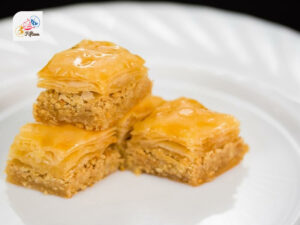
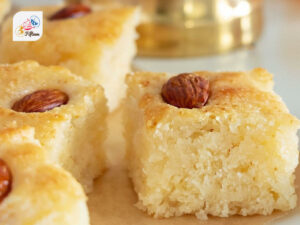
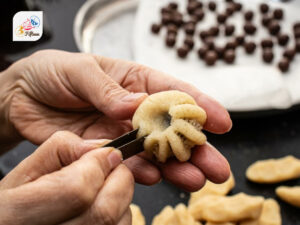
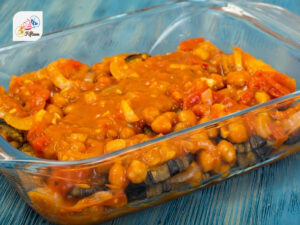
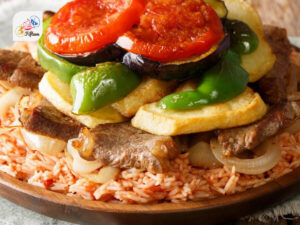
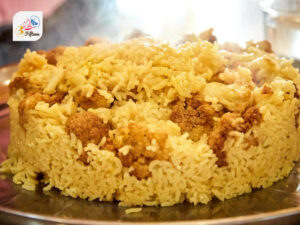
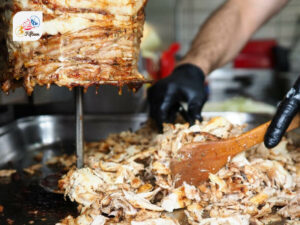
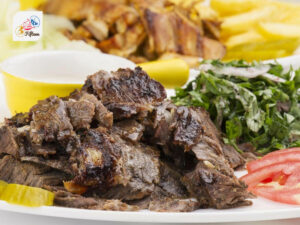
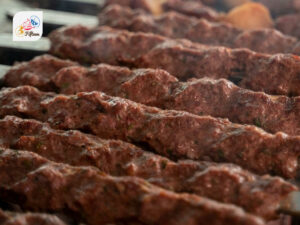
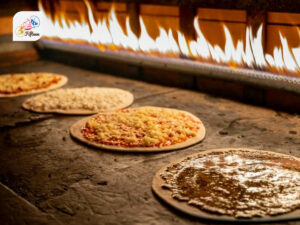
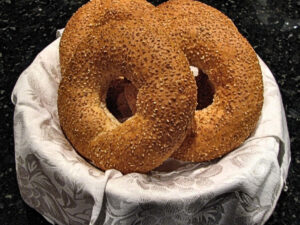
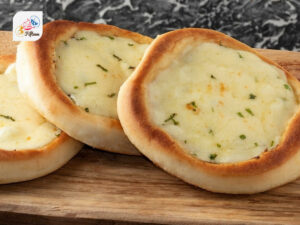
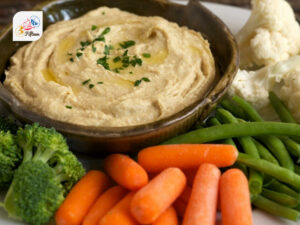
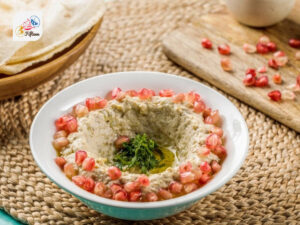
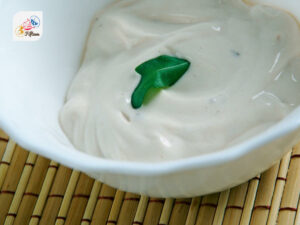
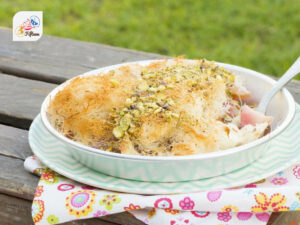
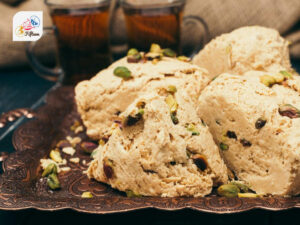
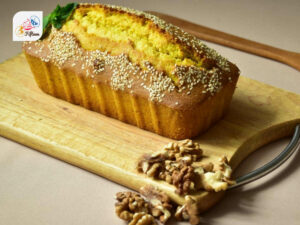
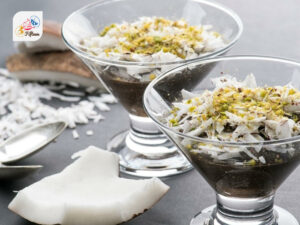
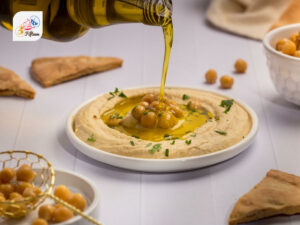
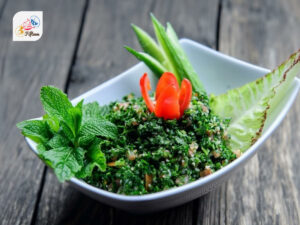
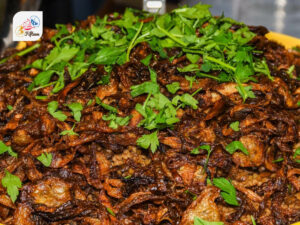
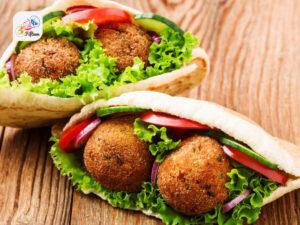
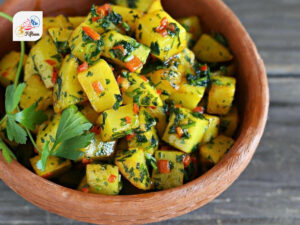
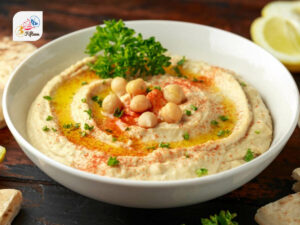
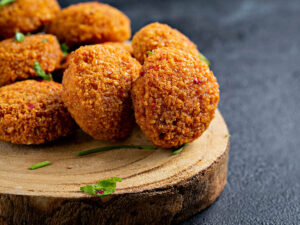
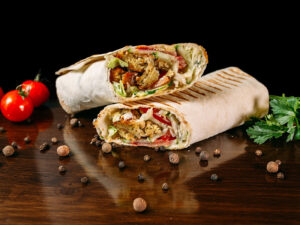
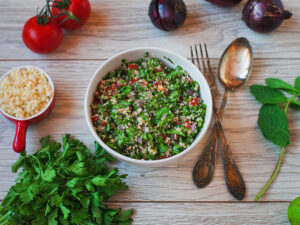
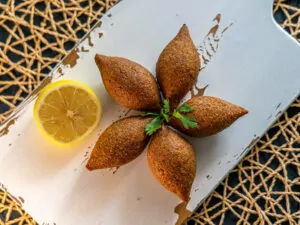
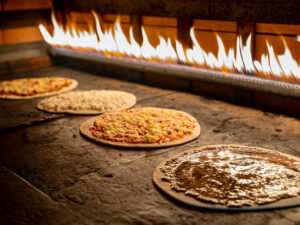
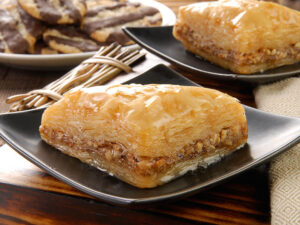

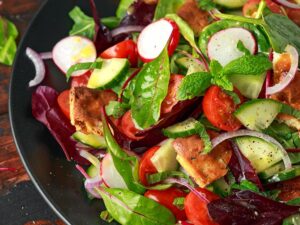
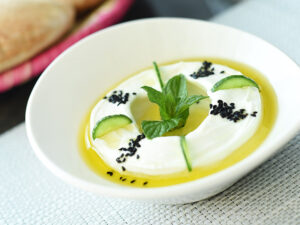
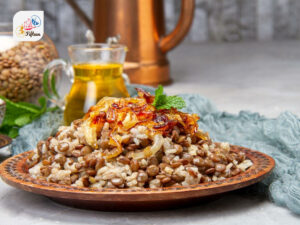
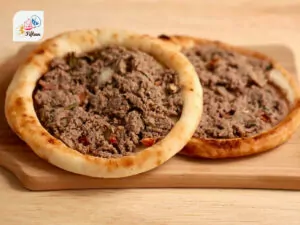
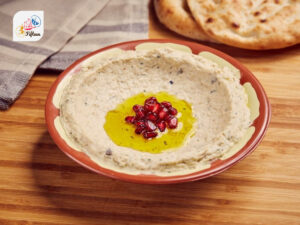
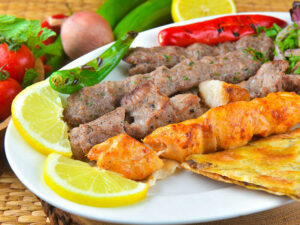
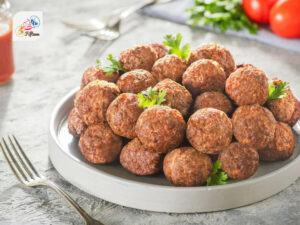
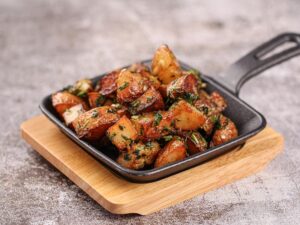
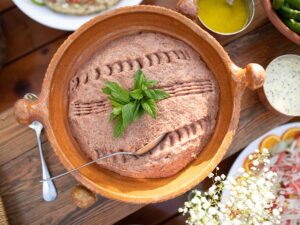
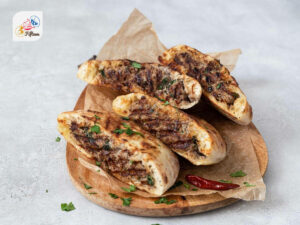
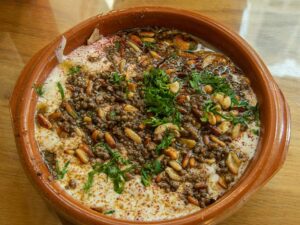
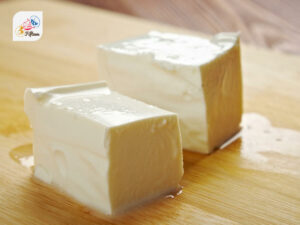
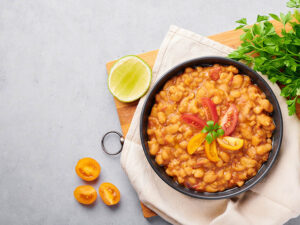
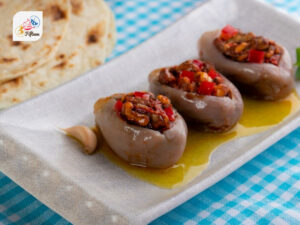
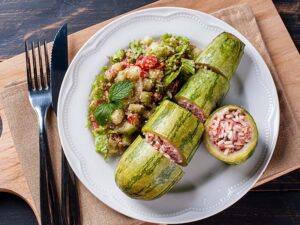
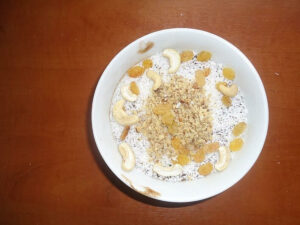
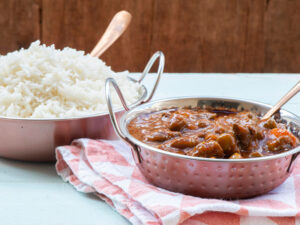
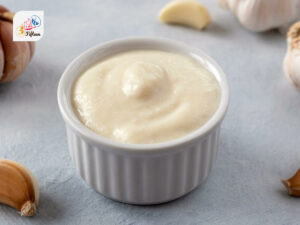
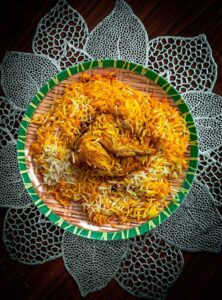
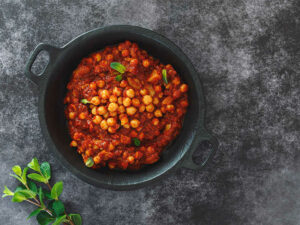
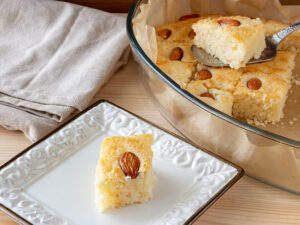
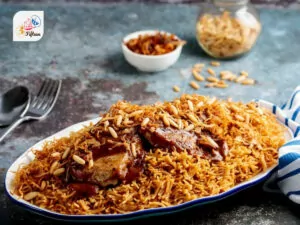
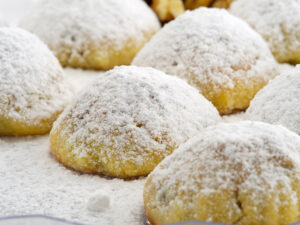
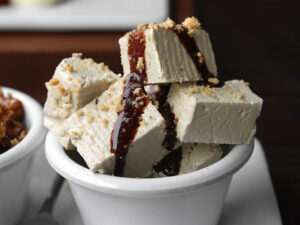
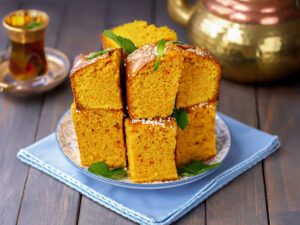
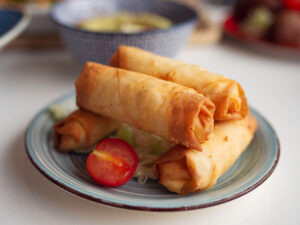
Jamie Scott
Editor in Chief, Senior Content Writer
Expertise
Home Cooking, Meal Planning, Recipe Development, Baking and Pastry, Food Editor, Cooking-video Maker, Western Food Evaluation Expert
Education
Le Cordon Bleu College of Culinary Arts
Local Community College, New York, NY
Jamie Scott is a skilled culinary expert and content creator specializing in Western cuisine. With over 15 years in the culinary field and formal training from Le Cordon Bleu, Paris, Jamie deeply understands how to blend nutrition with delicious flavors. His passion for cooking matches his commitment to making healthy eating accessible and enjoyable.
On Fifteen.net, Jamie brings a fresh perspective to classic dishes and beverages, offering readers insightful recipes, cooking tips, and a fresh view on meal planning that emphasizes taste, health, and simplicity.